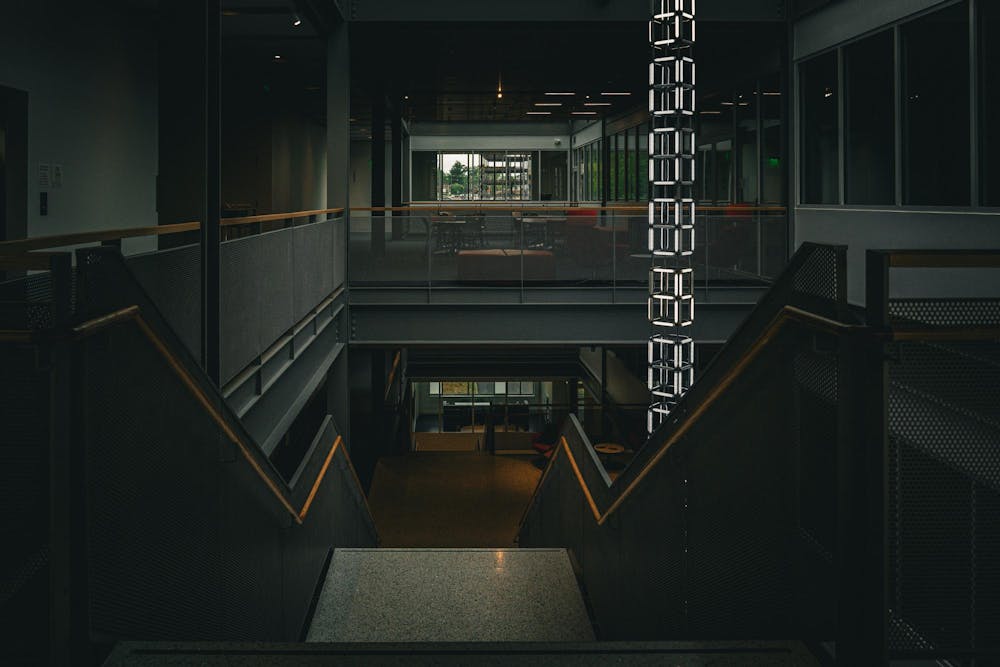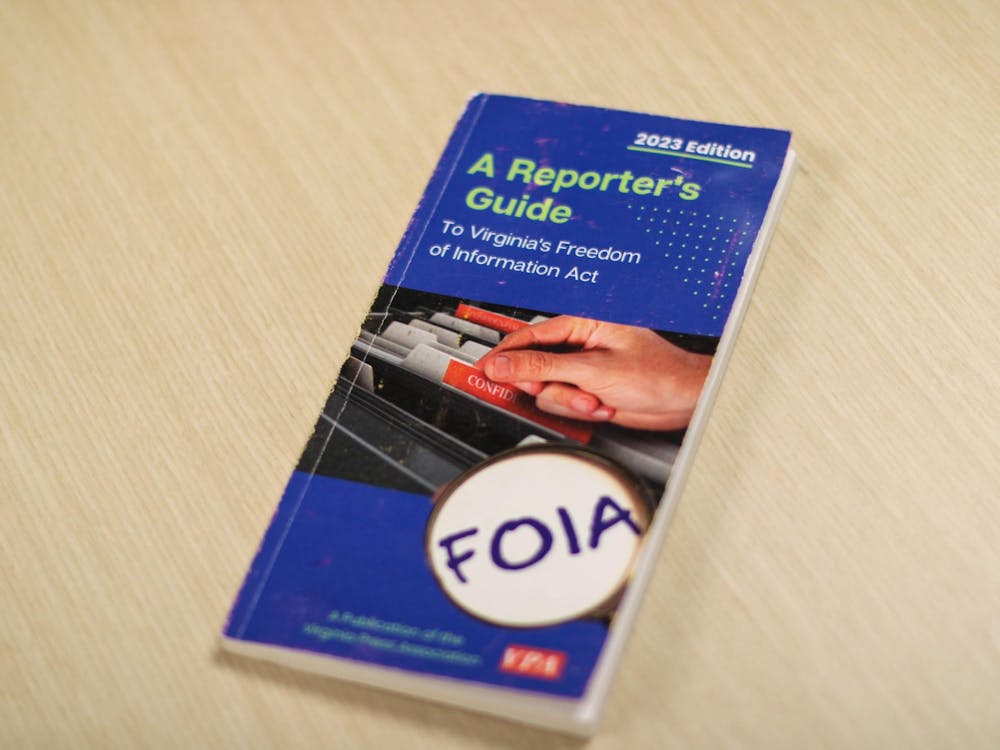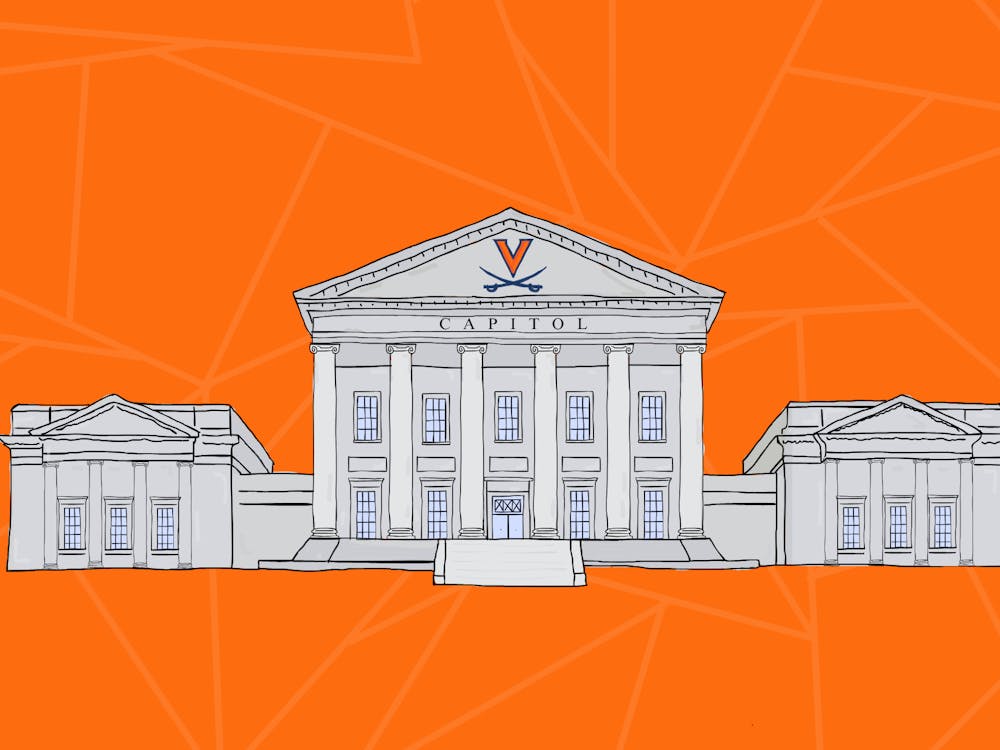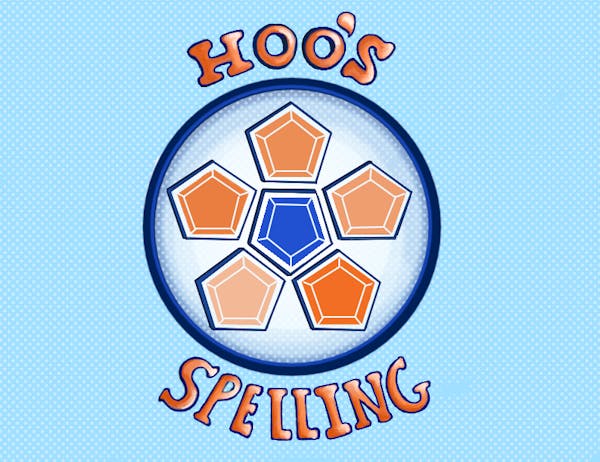As the search for post-graduation jobs and summer internships heats up, Mona Sloane, assistant professor of data science and media studies, has created a new tool to explore how artificial intelligence is used in the hiring process.
Her lab — the Sloane Lab — launched the Talent Acquisition and Recruiting AI Index, a new database designed to bring greater transparency to how AI is used throughout the hiring process. Released Nov. 6, the index is the result of nearly five years of research, including an analysis of 100 widely used recruitment AI tools and insights from 100 interviews with recruiters.
Today’s job-seekers, University students included, are part of an evolving recruitment system, as companies test new tools and lawmakers consider new regulations. Sloane said the team conducted the research in order to help companies and recruiters have a better understanding of how AI can be used in the hiring process. Currently, Sloane said, complex AI systems can be intimidating to employees with little knowledge of how the systems work.
“There’s just a general need to know more about AI and recruiting, so that recruiters can make informed decisions about their technology choice,” Sloane said.
She emphasized that this knowledge gap reflects a broader challenge across industries — many people assume that AI systems are too complex to understand because even developers do not know what the internal decision-making process looks like. She explained that this perception often leads to despondence and resignation rather than curiosity.
One tool recruiters may use is HireVue — a digital interview model where candidates for jobs interact with the computer instead of a human interviewer. Hirevue used AI video facial analysis tools which are now discontinued. Laws such as the Illinois AI Interview Act now prohibit the use of AI in certain interview contexts, and HireVue currently only uses AI to analyze spoken language rather than video analysis of facial gestures.
Fourth-year Commerce student Mason Carter said he used HireVue for a variety of interviews during his second-year banking recruitment process. He acknowledged that while he was less aware of how AI was being used during his interview process, today he is left with a lot of questions. He thinks it makes the approach for an interview completely different, knowing if AI is reviewing the video versus an HR professional.
“I question how much [AI] can pick up on things that I'm intentionally trying to do in my interviews,” Carter said. “My understanding of it is that the AI can pick up on, like the words you say, and maybe like the quality of your diction, but I don't know how much it picks up on, like, making eye contact with the camera and smiling while I'm speaking.”
Sloane began the project during her time at New York University, where she noticed that many recruiters had limited understanding of how AI tools operate. Once Sloane arrived at the University, the project was funded through the Data Science and Darden Research Collaboratory Fellowship and led by Sloane.
According to Sloane, the main aim of this research was to develop a way for recruiters to learn about the tools on the market. She said that they also explored the assumptions and biases that are embedded within those tools, as well as the data that is being used and how it is being processed.
She collaborated with a number of professors and students on the project, including Ellen Simpson, assistant professor of communication at the University of Alaska Southeast.
Through the research, the team found that companies frequently market themselves as “AI-powered” without explaining how the systems actually work. Sloane said she found it surprising how much analytical work and research had to be done to actually find out the purpose of a tool, and what assumptions the tool already has.
With each HR related platform, the Sloane Lab tagged the purpose of the HR tech tool and which specific AI is used in the platform. For example, Workday is described as an Applicant Tracking System, and Paycom is tagged for use as a Payroll Tool. Sloane noted that AI tools can, at times, be used incorrectly in the hiring process because of a lack of knowledge around AI.
“Recruiting is a very interpersonal professional practice, so [recruiters] are sort of suspicious of technology taking over their jobs anyway, and so they sometimes end up using the tools in a way that you know they weren't designed to be used,” Sloane said.
Simpson said that her research revealed an interesting tension between the technology developers and the HR professionals. Developers often aim to reduce bias in hiring, yet many of the tools embed bias from the data these tools are trained on. As a result, the tools may streamline workloads rather than meaningfully reduce discrimination. Simpson believes that AI is not going to solve the problem of bias in the workforce.
“A lot of tech is trying to solve a problem that doesn't necessarily exist,” Simpson said. “A lot of what the professionals, the on the ground personnel, who are doing these jobs need help with is kind of contending with … the overwhelming amount of paperwork.”
Sloane expanded on this by addressing that AI is never going to solve the problem of a process being biased due to biases baked into each algorithm.
“Any model is biased — statistical bias is, you know, neither good nor bad in its original sense, it is just a feature of how things are,” Sloane said. “What we talk about in this sort of critical AI space is the effects of that and the effects of digital systems in AI and the harms that this can create, so the actual exclusion from an opportunity.”
Sloane explained how the research distinguished between two components of recruiting — low-volume recruiting and high-volume recruiting. Low-volume recruiting focuses on small, specialized applicant pools, while high-volume recruiting is used for roles that require filling many similar positions at once.
An example of a low-volume recruitment could fall anywhere between a management consultant to a specialized engineer. High-volume recruitment would seek out delivery drivers or call center staff, according to Sloane. AI tools are present in both processes, whether ranking candidates through LinkedIn Recruiter or filtering large applicant batches. This distinction is important as the index shows how AI’s role differs depending on the type of hiring, revealing which kinds of platforms are more reliant on AI than others.
Despite this, Sloane notes that human judgment remains crucial — especially in low-volume recruiting, where understanding individual applicants remains a personal process. According to Sloane, while these tools do some of the tedious work, recruiters will still want to speak on the phone, take a look at the resume and truly put effort into getting to know the person.
Simpson encourages the University community to make the most of this new database. With so much uncertainty about the recruiting process she hopes students can use this information to tailor their applications so that they are not misunderstood through the back end of one of these tools.
“So part of the trick that the U.Va. community should probably take away from something like this is that the AI that is creating your resumes is not as smart as it is advertised to be,” Simpson said. “I don't think the tools are the Boogeyman — I think it is the way the tools have facilitated just inundation of applications.”







